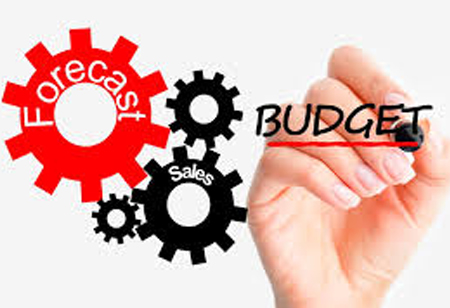THANK YOU FOR SUBSCRIBING
Be first to read the latest tech news, Industry Leader's Insights, and CIO interviews of medium and large enterprises exclusively from CFO Tech Outlook
THANK YOU FOR SUBSCRIBING

By
CFO Tech Outlook | Tuesday, September 15, 2020
Stay ahead of the industry with exclusive feature stories on the top companies, expert insights and the latest news delivered straight to your inbox. Subscribe today.
The process of budgeting and forecasting is a long and tedious for most of the organizations and occurs on an annual basis.
FREMONT, CA: Companies prefer to do it more often to improve the accuracy and aim to finally implement a procedure for continuous planning, rolling forecasts, and driver-based planning. Contrary to any other business process, budgeting and forecasting is a kind because it is forward-thinking. Business processes such as accounting, inventory tracking, shipping, invoicing, and so on are based on the actual events from the past and the present.
This is a radical difference as it also defines how the data from these processes are managed. Essentially, actual events are secured as transactions in ERPs, supply chain systems, invoicing and accounting systems, and so on, and data related to it is stored in its databases. On the other hand, budgets and forecasts traditionally reside in spreadsheets where numerous people enter aggregate data.
Here are some of the key considerations that organizations need to think about.
Dynamic budgets and forecasts
[vendor_logo_first]As companies advance towards generating rolling budgets and forecasts, uploading an Excel spreadsheet consisting of the latest budget is a step away from efficiency. A static dashboard displaying a spreadsheet report will be irrelevant just as fast as the dashboard becomes available to its users. By then, likely, those plans have already changed in the spreadsheet to adapt to the present state of the business. Therefore, a dynamic connection to the spreadsheets has to be established.
Collaboration in Excel
It is essential to realize that business users love Excel, especially Finance professionals. They have become experts in the spreadsheets, building sophisticated financial models for their organizations and utilizing their skills to develop their careers. To establish a dynamic connection with a living spreadsheet, the system should also address the requirement for numerous plan collaborators to access and input plan data simultaneously.
Blending actuals with plans and forecasts
Preparing a dashboard for plans and forecasts is the first half of the challenge. For users to drive valuable insight, planning, and forecasting data has to be analyzed together with the actual data. Both of the data must be blended to offer end-users the freedom and flexibility to formulate an ad-hoc data visualizations that display the actual transactional data side-by-side with plans and forecasts.
See Also: Top Fintech Companies
I agree We use cookies on this website to enhance your user experience. By clicking any link on this page you are giving your consent for us to set cookies. More info

However, if you would like to share the information in this article, you may use the link below:
www.cfotechoutlookeurope.com/news/how-does-planning-and-forecasting-impact-bi-nid-1126.html



